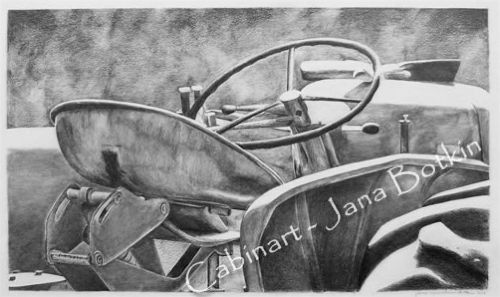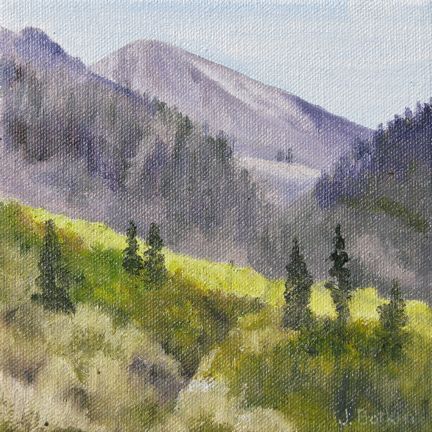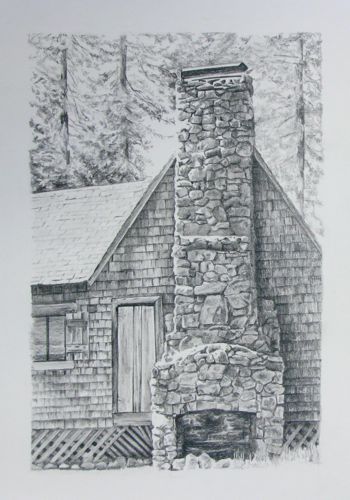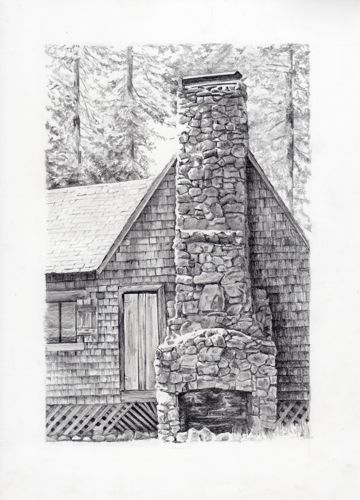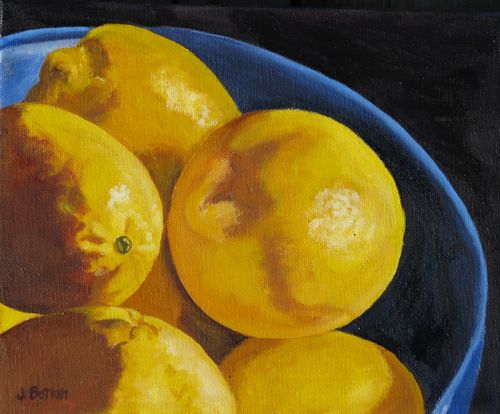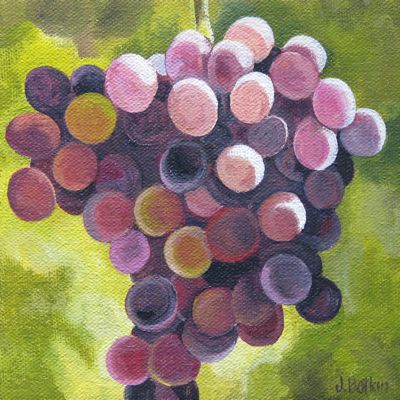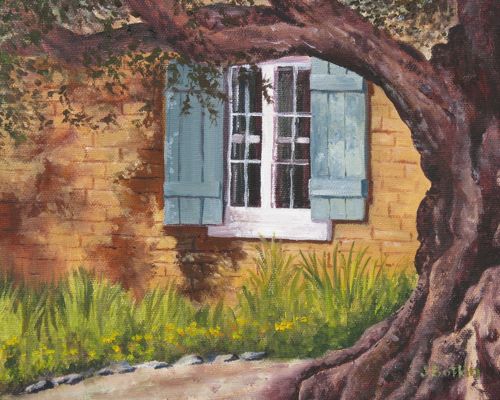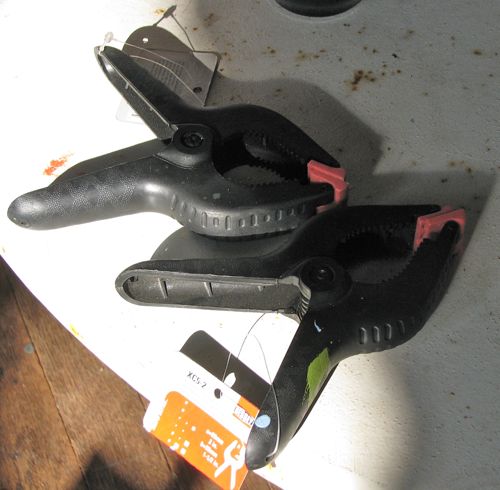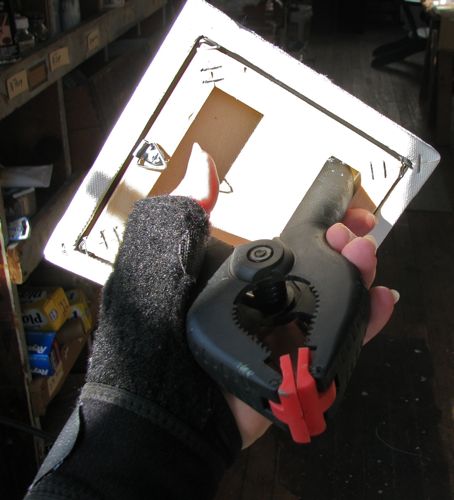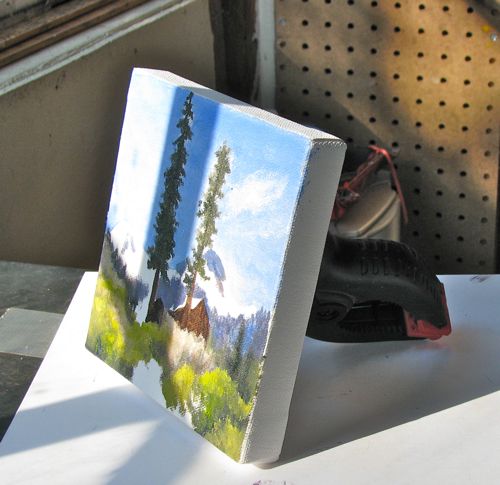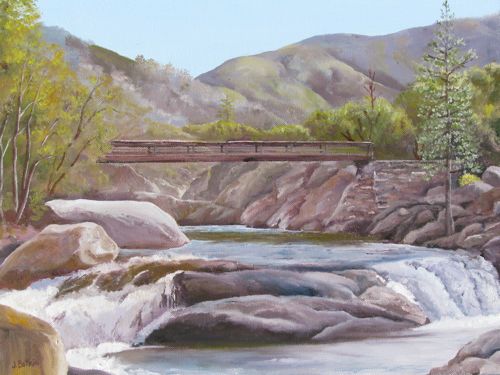Reason #2: I make art because I feel compelled to do so.
When I was a child, I would get this overwhelming urge to make something. “Mom, I feel like making something.” She probably dreaded those words. She’d send me to Highlights to find a project. We NEVER had the materials, even if the finished result was something I wanted to own, which it rarely was.
Sometimes I would get out the doll-sized sewing machine, go through Mom’s scraps and sew something sort of functional, a little schlocky and definitely slightly weird (hmmm, sounds like my knitting).
Other times, I’d draw.
Often I’d look for something to do until the urge wore off in a fit of frustration and just go read.
Regardless of the outcome, the desire to make something has never left me. Drawing, painting, making tile mosaic stepping stones/tables/steps/drinking fountain/light pole, origami boxes, tatted doilies, crocheted afghans (that was in the early ’80s), knitted anything. . . it is the way I am wired.
Since deciding to earn a living with by making something, it seemed wise to choose one method that I never tire of – drawing in pencil. Drawing brings the most satisfaction of anything I do. I think it has to do with skill level; the ability to do something well removes the frustration.
